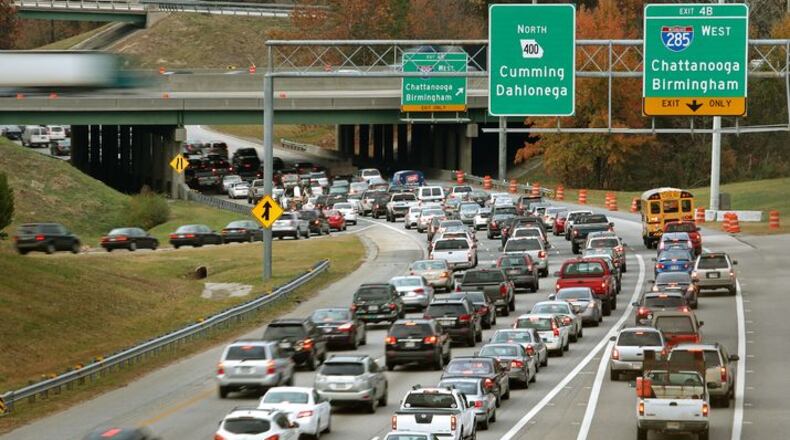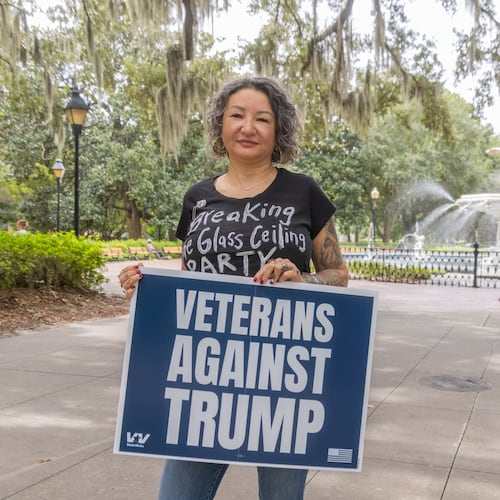Well, well, well. Nine months ago, Georgia legislators voted to devote an additional $900 million per year to transportation infrastructure, a combination of new taxes and reallocated funds. But some folks, determined to nay-say anyway, insisted it wasn't enough to start unclogging the state's congested roads.
Here comes the correction.
This week, Gov. Nathan Deal and the state DOT's leadership unveiled a list of projects to be built with the new state funds. Contrary to the doubts, it does more than repave a few roads.
A lot more.
There are 45 road-widening projects on state highways , from Summerville to Kingsland. Important freight corridors such as U.S. 27 in west Georgia and U.S. 441 in the east will finally be fully widened to four lanes.
But the transformation will be most stunning in metro Atlanta, which is slated to see some $11.5 billion in new construction .
Express lanes, like the ones being built now on I-75 and 575, will be built across the entire top half of 285. The plans calls for rebuilding both interchanges of I-20 and 285 to meet much larger traffic demands. There will also be new express lanes on Ga. 400, from 285 north to McGinnis Ferry Road.
Together, these projects will create a northside network of optional toll lanes . That will benefit commuters in their cars, who can pay to use the new lanes when they need them. Because the new lanes are tolled, they're unlikely on their own to create more traffic than they relieve, a common complaint when roads are widened. The 285 toll lanes will also make true rapid transit by bus possible between MARTA's stations at Hamilton E. Holmes, Dunwoody, Doraville and Indian Creek, plus the Cumberland Mall area and the new Braves stadium.
There are also plans to add untolled lanes on I-85 north of 985, and truck-only lanes between McDonough and Macon. In short, the new money will give us all the road construction we can stand over the next decade.
It's not that maintenance needs are being shortchanged. Rather, they were overstated during last year's push to secure new funding, as anyone paying close attention could see. GDOT always said it needed to boost funding each year by $600 million — not as much as $1.5 billion — to repair and replace bridges, repave roads every 15 years instead of every half-century, fill potholes and mow more grass. Sure enough, these maintenance needs will get $603.5 million more over the next four years than they did over the past four.
Aside from the use of express lanes for buses, you won’t see anything here for transit. That shouldn’t come as a surprise: This new money was always sold as going to roads and bridges. MARTA has expansion plans that will cost billions more, and we’re likely to see legislation this year toward that end. But state officials, while increasingly supportive of transit, said from the start that was a second track that would need a different pot of money.
While doubts about the adequacy of the new money were unfounded, a more understandable doubt was it wouldn’t be well-spent. If these projects are built, that one will turn out to have been wrong, too.
About the Author
The Latest
Featured



